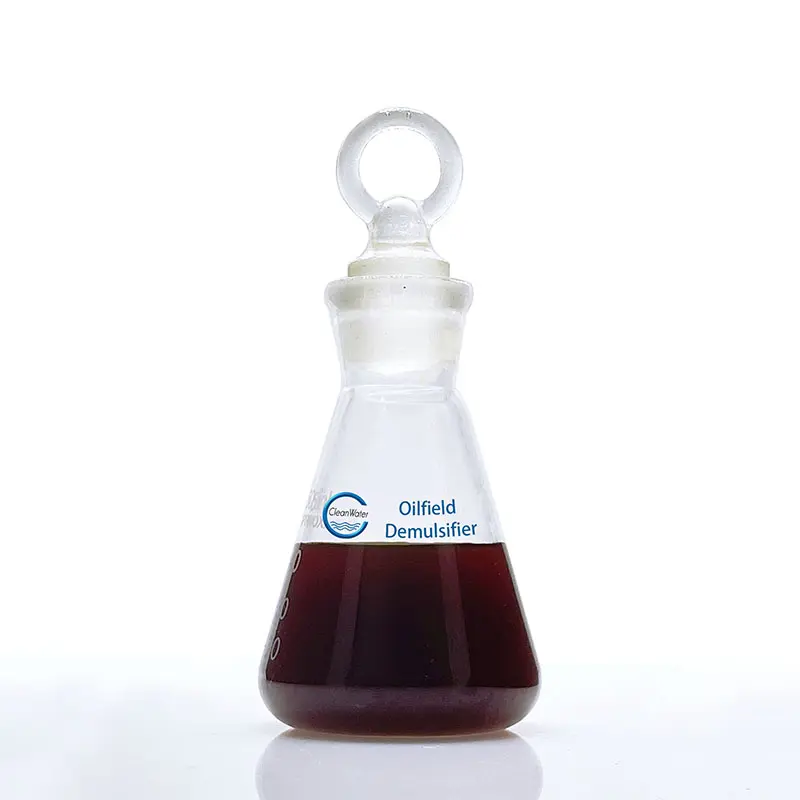Oil and gas are crucial resources for the world economy, powering transportation, heating homes, and fueling industrial processes. However, these valuable commodities are often found in complex mixtures that can include water and other substances. Separating these liquids from the valuable gas and oil is necessary for their purification and use. This separation process can be challenging, often resulting in the formation of emulsions that are difficult to break down. Enter the role of demulsifiers in oil and gas processing.
Demulsifiers are specialty chemicals added to oil and gas mixtures to help break down emulsions, making the separation process much easier. These substances interact with the surfactants in the emulsion, disrupting their stability, allowing the oil and water phases to separate more easily.
The importance of demulsifiers in oil and gas processing cannot be overstated. They help improve the efficiency of separation processes, reducing the amount of energy required for purification. They also prevent buildup in pipelines and processing equipment, ensuring smooth operations and extending the lifespan of these facilities.
The selection of the correct demulsifier is crucial, as different chemicals work best in specific conditions and with specific types of emulsions. Processors must take into account factors such as pH level, temperature, and the type of oil or gas being processed when choosing the best demulsifier for their operation.
In conclusion, demulsifiers are essential additives in oil and gas processing, breaking down complex emulsions and facilitating the separation of valuable resources. The correct choice of demulsifier can improve efficiency, reduce costs, and extend equipment lifespan, making it an invaluable tool in today’s oil and gas industry.
What are the Different Types of Demulsifiers?
Demulsifiers come in a variety of forms depending on their chemical structure and function. Here are some common types:
Non-ionic Demulsifiers
Non-ionic demulsifiers are surfactants that do not ionize in solution. These substances typically contain polar groups that interact with surfactants in emulsions to destabilize them. They are effective in both low- and high-salinity water systems and can be used in a wide range of applications.
Ionic Demulsifiers
Ionic demulsifiers are surfactants that ionize in solution, forming positive or negative ions that interact with oppositely charged surfactants in emulsions. These substances are often used in low-salinity water systems and can be effective in breaking down water-in-oil emulsions.
Cationic Demulsifiers
Cationic demulsifiers are positively charged surfactants that interact with negatively charged surfactants in emulsions to destabilize them. These substances are effective in breaking down water-in-oil emulsions and can be used in high-salinity systems. They are also biodegradable, making them environmentally friendly.
Anionic Demulsifiers
Anionic demulsifiers are negatively charged surfactants that interact with positively charged surfactants in emulsions to destabilize them. These substances are effective in breaking down oil-in-water emulsions and can be used in low-salinity systems. They are also biodegradable, making them environmentally friendly.
In conclusion, demulsifiers come in various forms depending on their chemical structure and function to break down emulsions effectively in oil and gas processing. The selection of the correct type of demulsifier is crucial for achieving optimal separation results while considering environmental factors and cost efficiency.
Post time: Oct-09-2023


